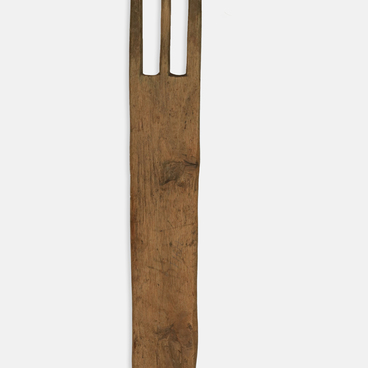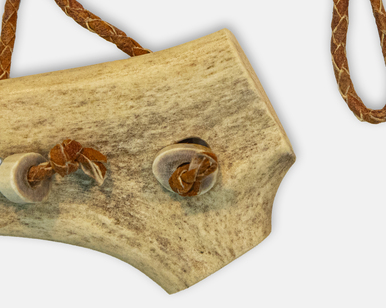In many ancient ethnic religions, idol worship was a common practice. These idols often resembled humans or animals and sometimes even combined their features. This served to emphasize the strong connection between humans and nature believed to be inhabited by spirits in the form of animals.
Nenets wooden idols were placed in sanctuaries and on hunting and fishing grounds. They were called “syaday”, from the word “sya” meaning “face”. These were wooden poles roughly decorated with carved human faces. Sometimes there were several faces on one pole, stacked on top of each other and facing east.
People from distant camps would come to worship the most highly venerated idols at the common sanctuaries, showing them great reverence. It was believed that any desecration of the idols or failure to follow the rules in communicating with them would bring severe punishment and disaster upon the entire family. The idols that supported hunters and fishers were treated in a simpler manner. Moreover, they could be crafted not only by shamans but by any skilled craftsman.
Idols were placed near hunting grounds and hunters sought their support. If hunting or fishing yielded abundant prey, the idols were regarded as real and honored with gratitude.
In the Nenets belief system, the main sanctuary was not easily accessible to most but reserved for the chosen few. The location of such a sanctuary was determined by a shaman who was believed to be guided by the spirits. Each Nenets clan had its own sanctuary and preserved its memory, resulting in numerous remnants of sanctuaries in the European tundra. Many sanctuaries and idols were destroyed in the 16th — 17th centuries when Christianity became widespread in Siberia.
Sanctuaries were placed in such a way that they were difficult to reach, requiring individuals to embark on a challenging journey filled with trials and danger in order to pray, seek advice, or request assistance from the gods. To make an offering to an idol meant to feed and appease it in hopes of gaining the right to ask for something in return.
The sacrifice often required a blood offering — an animal was killed at the sanctuary, usually a deer, less often a dog. The sacrifice itself was a grand ceremony, accompanied by the shaman’s kamlanie ritual and the entranced listening to the rhythmic beats of a drum. During the sacrifice, the Nenets consumed raw meat, shared tales, stories, and legends, and awaited the blessings of the spirits.



